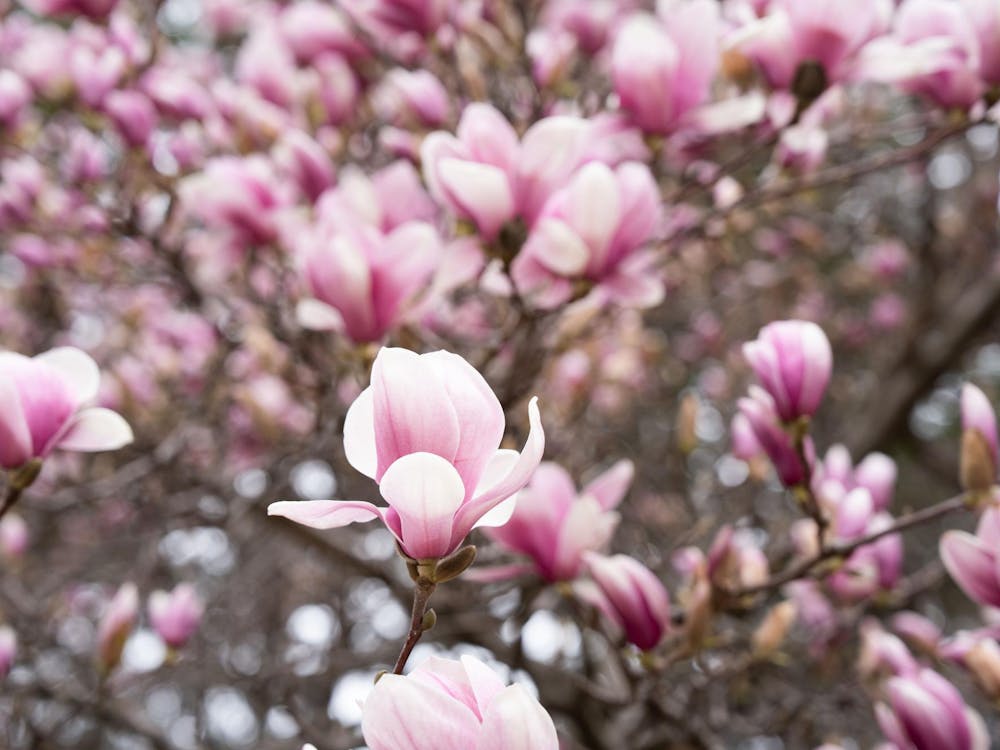Lesbian, gay, bisexual and transgender alumni attendants at the recent Every Voice conference had the opportunity to record their personal narratives as part of an audio and visual oral history project organized by the Alumni Association of Princeton University and funded by the institutional equity and diversity efforts of the Office of the Provost.
Representatives from the alumni association conducted 24 interviews during the three-day conference. The participants represented a wide range of class years, with alumni from the 1950s to the 2010s sharing their experiences as LGBT students — whether out or not — at the University.
The idea for the project came during the planning stages of the Every Voice conference, Assistant Director of the Office of the Alumni Association David Mejias ’98 said. During the eight focus group conversations held with LGBT alumni across the United States in preparation for Every Voice, alumni said that their personal narratives about their time at the University had never been shared publicly, according to Mejias.
“Alumni felt strongly that there were many hidden stories reinforced by the ‘closet’ that needed to be shared and archived,” Mejias said.
Vice Provost for Institutional Equity and Diversity Michele Minter echoed the sentiments of the focus groups and said she felt that the oral history project was a unique opportunity to broaden the University’s historical narrative.
According to Mejias, the oral history project is part of the conference’s broader effort to record the stories of previously marginalized groups and foster an environment of inclusivity at the University, a message University President Shirley Tilghman emphasized in her opening address at Every Voice.
“We are not sweeping the past under the rug. We are analyzing our past. We are thinking about our past. And thinking about how to move past our past,” Tilghman said at the conference.
The alumni association hopes more generally that efforts such as Every Voice and the oral history project will make LGBT alumni feel valued and part of the University community, Mejias said.
“What we wanted from this was for [LGBT alumni] to feel when they came back that they were wanted,” alumni association President Henry Von Kohorn ’66 said, reflecting on the conference. “The theme of the conference is ‘every voice’ and what we are hoping for is that people realize that we are all Princetonians, we are all the same, we are all part of the family.”
Participants in the oral history project affirmed that the initiative was worthwhile for them.
Interviewee Madeline Adams ’90 described the process as being “like getting to know me again” and said it was the “highlight of my three days [at the conference].”
“I was one of those people that had put her Princeton experience behind me,” Adams, who describes herself as “a queer, bisexual transgender woman,” said. She added that she came out fewer than two years ago and that having the opportunity to talk about her time at the University started “the process of reappraising the time I had there and what it means to me now.”

As a University student, Adams said she was an ally of the LGBT community and a self-identified feminist but had not yet come to terms with her queer, bisexual and transgender identities. Thus, the oral history project was a chance for her to see the University through what she calls her “queer goggles.”
Adams also said that she had observed the significant changes in the visibility and respect afforded to LGBT students since her graduation.
“It wasn’t just the rainbow flags and the rainbow stripes,” Adams said. “It was the way that everyone seemed to interact in a little less superficial, a little less pretentious way than they did then.”
“It’s almost like Princeton has grown up,” she added.
Ayan Chatterjee ’06, another participant in the project, expressed similar feelings.
During the first three years he attended the University, the LGBT Center was located in the backyard of Dillon Gymnasium, but during his senior year was moved to its current location in Frist, Chatterjee explained. “I think that was symbolic of how much progress Princeton had made,” he said.
Chatterjee also said that in hearing the stories shared at Every Voice, he realized the extent to which the University lagged in LGBT activism during the 1980s and 1990s. However, Chatterjee noted that the University has advanced in terms of LGBT visibility.
“We probably have it better than some other peer institutions,” Chatterjee, who is a medical resident and LGBTQ resident tutor at Harvard, said.
The participants also said they felt the oral history project would be tremendously important in granting greater visibility and vocal power to the LGBT community.
The stories assembled thus far represent only “phase one” of the project, said Mejias. The goal at this time has been simply to gather the accounts.
Over the summer, the alumni association will decide what to do with the stories, Mejias said. He added that there is discussion about possibly transcribing and archiving them for future public use.
“A huge part of life itself is sharing stories,” Adams said. “It’s how you find the areas that you have in common. I’m so excited that this is finally being done.”







